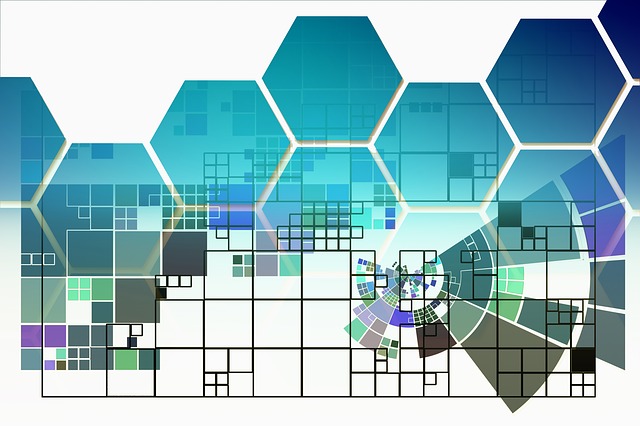In order to keep your system running properly and to have your hardware operate with your new driver, you’ll need to do a bit of window shopping for development companies. However, with a better understanding of what device drivers do and how they integrate devices with operating systems and kernels, you’ll be better equipped to make the right choice.
Understanding Drivers
Computing systems need a common language in order to properly operate, something that they can understand and follow. Unfortunately, most hardware and software are made by different companies. This tends to be showcased by the separate languages they both speak which can make communication within the device difficult. They need a translator in a sense.

This is where the device driver comes into play – this tool acts as the translator between the two languages. The disk drive cannot operate with solely the software installed on the computer, it needs that bridge between that can interpret what the software is saying and then relay it to the disk drive itself. Without the device driver, your system cannot communicate, and nothing can get done. They need that bridge to mend the gap and relay information.
What is the difference between this and a kernel? They sound quite similar in operation, but the driver is what provides the hardware and software with detail implementation. The kernel provides the interface for the drivers. We run into a problem when we attempt to implement one device onto a different operating system. When attempting to migrate one software onto a different operating system, we need the device drivers that are specifically developed to handle this transition.
Windows To IOS To Linux
Sometimes operating systems don’t like to play nicely with other operating systems. This can be seen when you attempt to migrate one device onto a separate system – it needs help from external means. Companies online specialize in Windows device driver development as well as other operating system migration devices.

These external drivers allow you to migrate from one system to another without too much hassle. Linux kernels will now play nicely with devices that once employed a Darwin kernel. You can migrate your Windows device to an Android, Linux, or macOS system with ease. First, you have to find the right developer that will provide you with all the features you need for flawless execution.
The Driver Development Process
Here are a few necessary features you should look for from a device driver developer company. These will offer you seamless transitions and protection from most errors that might occur in the process.
Development Kits – Peripheral devices need a way to connect properly with an operating system. With a development kit designed to assist in peripheral integration, you’ll be able to migrate devices easier.

Virtual Device Drivers – This tool emulates the physical hardware of a device. This could be the DVD/CD slot, the virtual network adaptors, or the disk drive. By emulating this hardware, you’re better assisting in the transition between systems.
